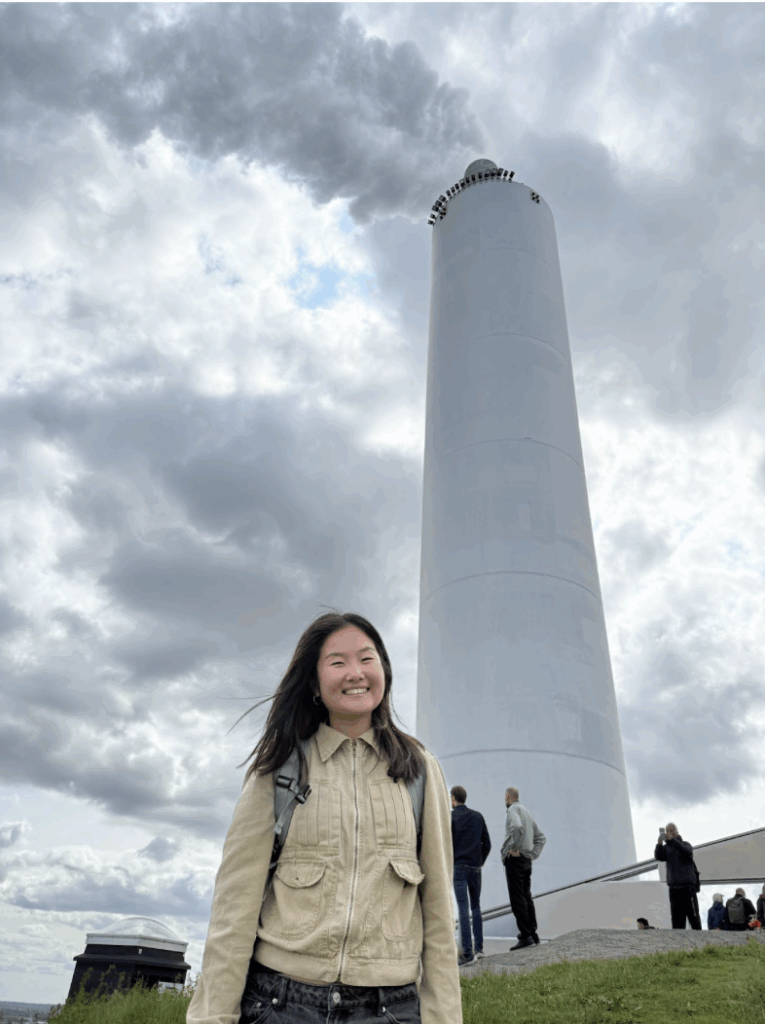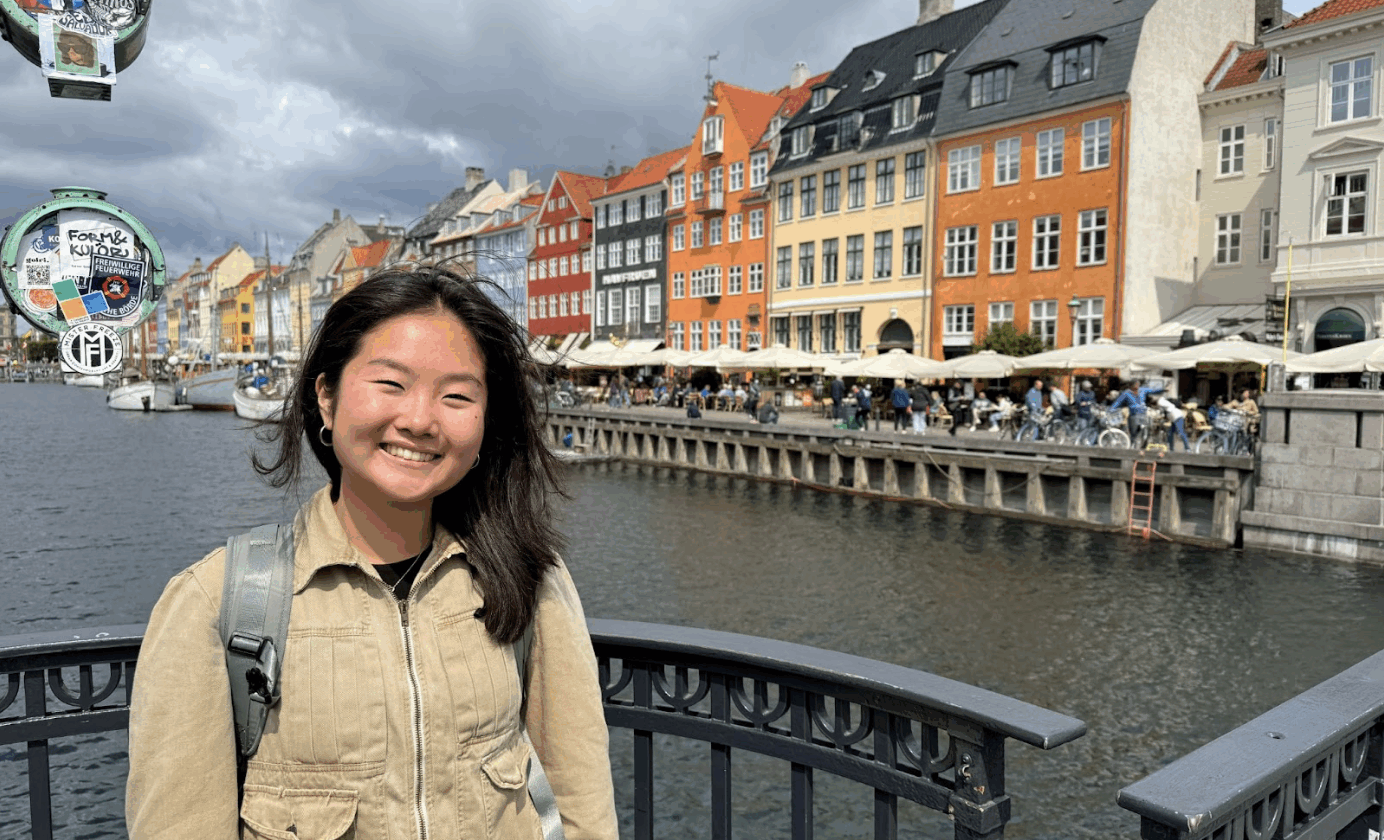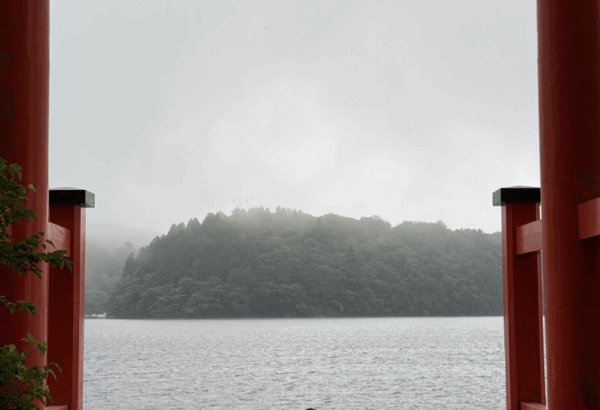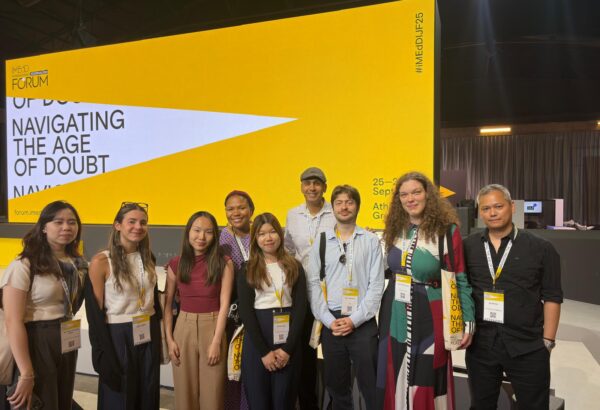This past spring semester, I enrolled in a Paideia-designated course at Penn called LGST 2600: Climate and Environmental Leadership in Action. The class pushed me to think differently about climate justice, sustainable design, and what a healthy society actually looks like (you can read more about my experience here). During one of our class sessions, we compared two incinerators: a polluting plant in Chester, Pennsylvania, and a strikingly different facility in Copenhagen called Copenhill. In Chester, largely Black and low-income communities bear the brunt of environmental harm due to harmful PM2.5 particles emitted from the incinerator. In Copenhagen, that same type of facility is a national symbol of innovation.
That lesson stuck with me and it sparked the project that eventually brought me to Denmark through the SNF Paideia Dialogue Fund.
Copenhill
Seeing Copenhill in real life felt like closing a full-circle loop from my classroom to the world. Copenhill is not just a waste-to-energy incinerator, it’s an urban mountain. The exterior is sleek and angular, and built right into its structure is a year-round ski slope, hiking trail, climbing wall, and rooftop café. It’s one of the cleanest waste-to-energy plants in the world, converting 440,000 tons of waste annually into energy that powers around 150,000 homes.
I hiked up the trail, which took about ten minutes, and at the top, I could see the incinerator’s clean emissions released into the air as runners, walkers, and families moved around me. What moved me most wasn’t just the view, but the energy of the space. Locals were using it as part of their daily routines as they were running laps, walking their dogs, pausing to stretch and talk. It wasn’t just a piece of infrastructure, it was a meeting point, landmark, and lifestyle.
Knowing that this was the exact site we studied in class made it deeply personal. It reminded me why I started this project in the first place: to explore how environmental design can heal, invite, and uplift if done with intention.

Reffen: Reuse, Repurpose, Reimagine
Just down the road, I stumbled into Reffen, a vibrant street food market built entirely out of repurposed shipping containers. It’s more than just a place to eat–it’s a creative space, buzzing with life and layered with sustainability.
Garden beds filled gaps between stalls, and recycled materials were turned into seating and decoration. I saw children playing in a small park in the center, people relaxing on beach chairs in the sandy courtyard, and others sharing long meals together, laughing under the sun. The containers themselves have been transformed into small restaurants and creative shops, forming an open-air maze of culture and community.
Again, here, sustainability didn’t feel like a buzzword. It was something that added meaning to the everyday. I found myself wondering if this kind of environment contributes to Denmark’s consistent ranking as one of the world’s happiest countries.
A City on Two Wheels
Biking isn’t just a method of transportation in Copenhagen–it’s the cultural default. Around 62% of residents commute to work or school by bike. There are over 250 miles of dedicated bike lanes, and many of them are raised, separated, and maintained as carefully as any car road.
Everywhere I looked, I saw bikes. Parents cycling with their kids seated in large front cargo boxes. Students biking in packs. Professionals commuting in heels and blazers. It made cars feel like an inconvenience, not the norm. Even the traffic signals were bike-friendly, with separate lights for cyclists.
As a visitor, I mostly used public transportation, which was clean, timely, and fully integrated with the city’s cycling culture. Bikes were welcome on the metro, and bike parking was available at every stop. I even noticed how many electric cars were around and how common EV charging stations were. There was no performative sustainability here–just design that made green living the easiest option.
Waste with Intention
In my AirBnB, my host explained how to sort trash into eight separate categories: compost, food waste, plastic, cardboard, paper, general trash, glass, and metal. It was the most detailed system I’d ever encountered, and at first, it felt intimidating. But within days, it became second nature.
I saw similar signage across the city, in public parks, restaurants, and train stations. Waste sorting was not just encouraged–it was enabled. The systems were clear and everywhere. What struck me most was the sense of shared responsibility. No one had to be reminded, people just upheld this basic duty.
A Window Into Danish Life
Staying in an AirBnB gave me an intimate window into what sustainability looks like at the family level in Denmark. When I told my host why I was visiting, she smiled with curiosity. We ended up talking for a long time about her family’s climate habits. To my surprise, their house was powered by solar panels. I learned that in Denmark, all newly built homes are legally required to have solar panels and use energy-efficient glass to trap heat.
They even had a garden where they grew vegetables for their meals. I had the chance to walk through their extensive garden and tried different vegetables from the stem.
The host’s 10-year-old daughter told me about a recent school project where she and her classmates cooked climate-friendly meals. She had made veggie burgers for a sustainability fair. That kind of environmental awareness wasn’t treated as extra–it was simply how they lived.
These conversations made me realize just how early and naturally climate consciousness is introduced in Denmark–not through fear or politics, but through care. Through habit. Through family.
Hygge and Humanity
In Denmark, there’s a word called hygge that loosely translates to coziness, but really refers to comfort, connection, and warmth. I felt it in small but unforgettable ways.
One afternoon at the beach, an older man offered to take my photo. What started as a quick favor turned into a 30-minute conversation. We talked about Copenhagen, about America, about what it means to live in a society that prioritizes people’s quality of life. He asked what surprised me most about Denmark. I told him, truthfully, that I had never seen sustainability feel so effortless or human. We smiled and nodded in that way you do when language might fail, but understanding doesn’t.
On one of my final nights in Copenhagen, I decided to go for a run near my AirBnB. The sun was just starting to dip below the trees, and the air was quiet, soft. The town felt like it was exhaling. As I ran past homes with blooming gardens and kids playing in the street, I felt peace in a way I hadn’t in a long time. That stillness, that slowness–that was hygge. It wasn’t something you chased. It was something you allowed yourself to step into.

Leaving and Wanting to Stay
I went to Copenhagen to explore ideas that started in a classroom–ideas about environmental justice, sustainable infrastructure, and the relationship between people and place. What I found was so much more than research. It was everyday wonder.
Leaving was hard because I didn’t want to, I felt like I had just begun.
Since returning, I’ve been thinking about how to continue this work, possibly through a long-term project or fellowship that brings together sustainability, storytelling, and community engagement. I can see myself returning to Copenhagen–not just as a visitor, but as a participant.
Maybe for my senior capstone, or maybe for a future internship. Maybe for something I haven’t imagined yet. But what I do know is that this experience opened a door, and I don’t plan on closing it.
Thank You, Paideia
None of this would have been possible without the SNF Paideia Dialogue Fund. This wasn’t just a trip. It was a dialogue–between cities, between values, between my classroom and the world. Paideia’s core values–dialogue, wellness, and citizenship–came alive for me in Copenhagen.
Dialogue happened in train stations, in living rooms, on running paths. Wellness was built into how people lived–how they moved, ate, rested, and connected. And citizenship wasn’t a slogan, it was embedded in infrastructure, education, and everyday decisions.
More than anything, this trip helped me understand what it truly means to be human. To live intentionally. To care collectively. To design systems around people, not just policies. I felt that in the quiet moments–in shared conversations, in the rhythm of biking cities, in the warmth of a stranger’s kindness.
I’m grateful for the chance to have lived that, even briefly. And even more grateful to carry it forward.
Erin Jeon (C’27) is majoring in English; Gender, Sexuality, and Women’s Studies; and Law & Society.




